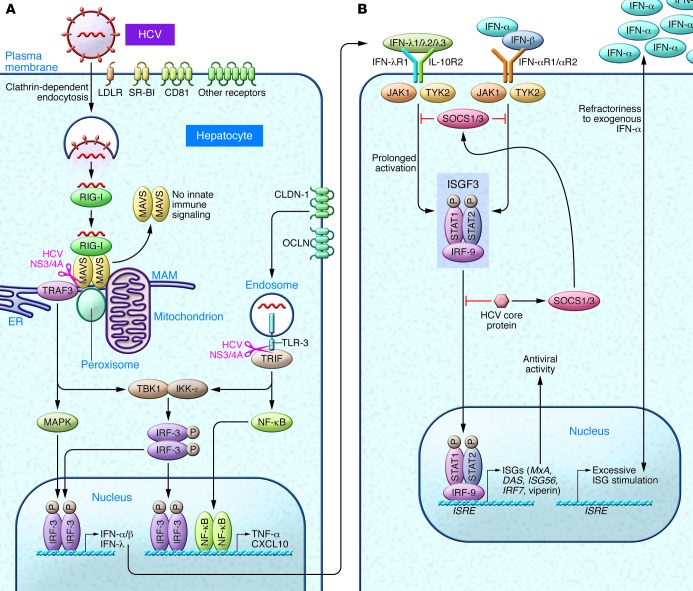Figure 1. Hepatocyte innate immune responses.
(A) LDL receptors (LDLRs) on the basolateral hepatocyte surface, SR-BI, CD81, and tight-junction proteins CLDN-1 (claudin-1) and OCLN (occludin) are essential for HCV uptake (9). Intracellular HCV recognition occurs through dsRNA sensors such as RIG-I and TLR-3. MAMs function as the central scaffold that coordinates MAVS-dependent signaling of the RIG-I pathway between mitochondria and peroxisomes (21). MAVS interacts with the essential adapter protein TRAF3 to further recruit downstream kinases; activation of the kinases IKK-ε and TANK-binding kinase 1 (TBK1), which phosphorylate the transcription factors IRF-3 and IRF-7 (19), and binding to NF-κB lead to the induction of antiviral and immunomodulatory genes, including types I and III IFNs, as well as chemokines and proinflammatory cytokines that function in parallel with IFNs to mediate the response to HCV (147). (B) Binding of type I IFNs to the IFN-α/β receptors (IFN-αR1 and -2) and type III IFNs (IFN-λ) to the heterodimeric IL-28Ra/IL-10Rβ receptor (24) results in activation of the JAK/STAT pathway, conferring stable association with IRF-9. The resulting IFN-stimulated gene factor 3 (ISGF3) transcription factor complex localizes to the hepatocyte nucleus, where it binds to the ISREs within the promoter/enhancer region of hundreds of ISGs (147). Autocrine and paracrine signaling in neighboring cells results in anti-HCV amplification loops (including IRF-7, which binds to IFN promoters). HCV core protein subverts immunity by the induction of suppressors of cytokine signaling (SOCS1/SOCS3) and by impairing the binding of ISGF3 to nuclear IFN ISREs (19). See text for details.

